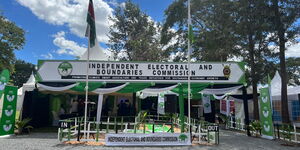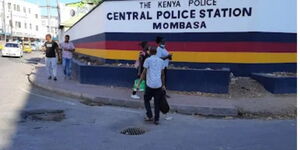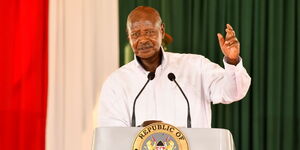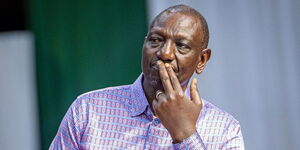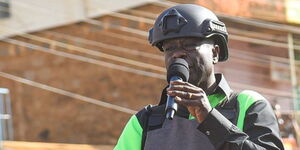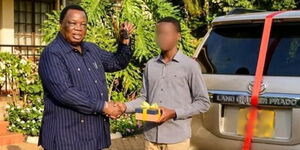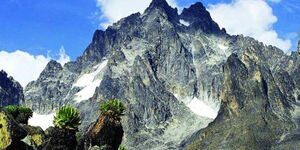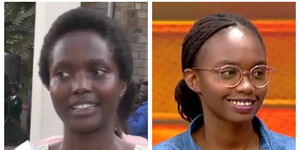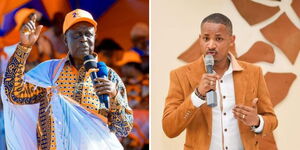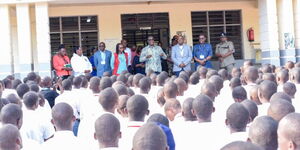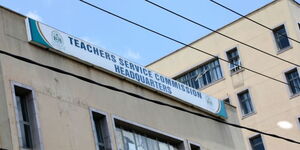Kenya’s National Anthem caught the world’s attention in August 2016 Rio Olympics as Eliud Kipchoge received his first Olympic gold medal for winning the men’s marathon.
Many people across the world described the melody as ‘hauntingly beautiful’ and sounded like a movie score.
So how did this anthem come to be?
The National Anthem Commission was formed in 1963 with the sole purpose of finding a suitable hymn for the country.
[caption caption="Military band playing the national anthem"] [/caption]
[/caption]
The song needed to be national in its outlook, short enough and unifying in its content and delivery.
Commission members included; George Senoga-Zake, Peter Kibukosya, Washington Omondi, Thomas Kalume and Graham Hyslop.
Hyslop was the artistic director of the group.
He led the committee in several trips to the Coast to sample and record folk tunes for consideration and possible adaptation.
Senoga-Zake was a Ugandan musicologist who taught music at Kenyatta University.
The commission finally settled on a Pokomo lullaby, sang by Mzee Meza Maroa Galana.
They, therefore, took the three-verse six-lines-per-verse structure for the anthem.
[caption caption="National anthem"] [/caption]
[/caption]
Kalume, the theologian in the commission, composed the first prayerful line that reminds all and sundry that we are a Godly state.
The proposed melody could be played by a military band or sang by a choir without losing its original feel or dampening the words written for it.
The first part was a prayer, a hopeful opening to a deep melody. The second verse was about nation-building, reminding the citizens that they should be ready to protect and defend the country.
Finally, the last section covered patriotism, playing into the trope that nationhood meant nothing if its citizens didn’t respect and work hard for the country.
According to owaahh.com, a music competition was held on September 4, 1963, in Mzee Jomo Kenyatta’s Gatundu home to decide the most suitable tune as the national anthem.
The competition was biased as one of the participating groups was funded and coached by the organizers. The group also had Senoga as the choirmaster.
Two other presentations were done on that fateful day by Garishon Manane, who had just graduated from music studies in England and Peter Colmore, an ex-British soldier who had ventured into music in 1938.
Kenyatta turned to the audience and asked which anthem they thought was best, and the crowd chanted they had liked the committee version.
On December 12, 1963, at Uhuru Gardens, thousands of citizens stood at attention and graciously sang the newly found anthem.

